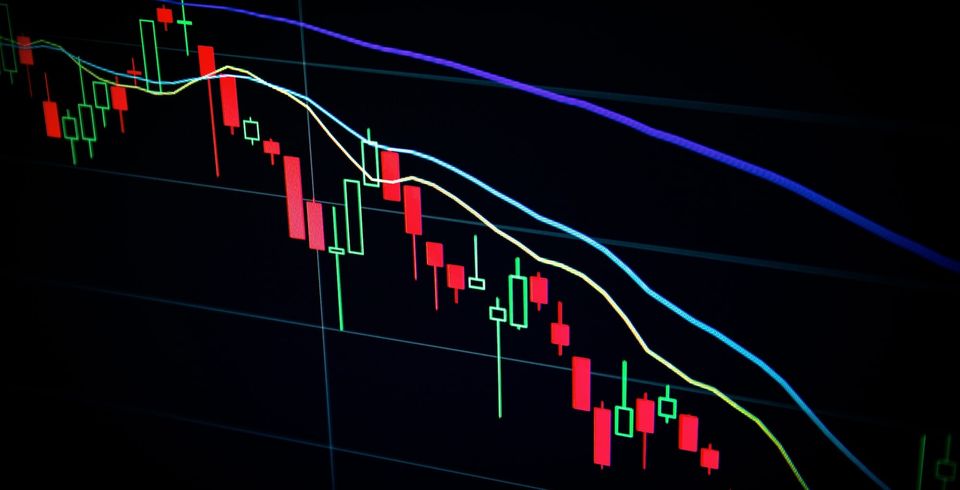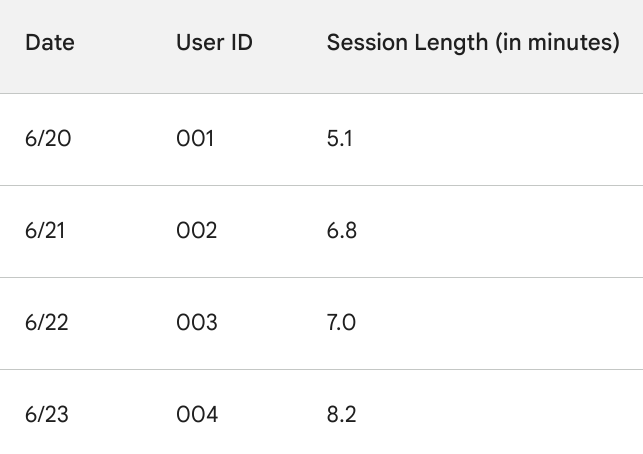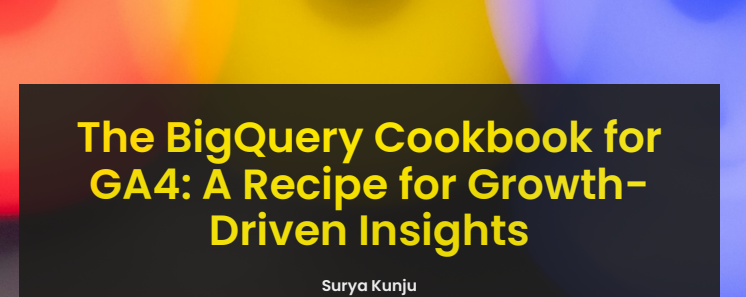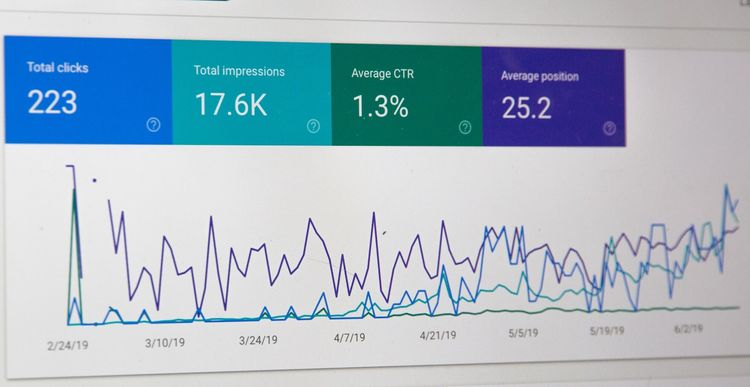Part 1: Advanced Time Series Forecasting Using GA4 for Ecommerce Websites: A Strategic Business Perspective

Part 1: Advanced Time Series Forecasting Using GA4 for Ecommerce Websites: A Strategic Business Perspective
As a precursor to our deeper dive into advanced time series forecasting, it's important to note that this blog will be split into two parts: one catering to a strategic business audience and the other aimed at practitioners. This part will focus on the business implications of this forecasting approach, with less emphasis on the technical aspects. In the following blog, practitioners will find more detailed steps on how to implement these methods.
In an era where the e-commerce industry is rapidly expanding, the significance of comprehending and leveraging data has amplified. A realm where data becomes particularly enlightening is time series forecasting. A powerful tool to aid us in this endeavor is Google Analytics, which facilitates a comprehensive understanding of the activities transpiring on your web and app properties. In this discussion, we will examine how Google Analytics 4 (GA4) data can be employed to forecast future trends on your e-commerce website.
As we continue to delve deeper into advanced time series forecasting, let's provide a comprehensive overview of how Google Analytics 4 (GA4), in combination with BigQuery ML and Vertex AI, can be a potent solution for various use-cases in the e-commerce industry.
- User Engagement Metrics: For example, an e-commerce website specializing in custom pet products can use GA4 to collect user engagement data. Metrics like daily active users, session lengths, and user engagement can provide valuable insights. The raw GA4 data can be processed using BigQuery ML, which transforms it into a suitable format for analysis and forecasting. With Vertex AI, the company can employ sophisticated machine learning models to forecast future engagement patterns. This allows businesses to identify periods of high activity, enabling them to plan marketing initiatives or product launches effectively.
Consider an e-commerce website specializing in custom stationery. They collect raw user engagement data using GA4, such as:

Once streamlined, Vertex AI uses machine learning models to forecast future average session lengths, supporting strategic planning:
- Ecommerce Metrics - Consider a company that sells an extensive range of electronics online. They can harness GA4 to track metrics like sales, conversion rates, cart abandon rates, etc. Once the data is collated, BigQuery ML can preprocess this information, ensuring it's ready for forecasting. Vertex AI can then be employed to create a forecast for these metrics, allowing the company to optimize their sales strategies. For instance, if the forecast suggests a surge in sales for a specific product, the company can efficiently manage inventory to meet this anticipated demand.
- Marketing Performance - An online fashion retailer planning a marketing campaign for a new summer collection can use GA4 to monitor the performance of their marketing channels, campaigns, or ad groups. BigQuery ML can preprocess this data, and Vertex AI can generate a forecast of the campaign's performance. If, for instance, a social media campaign is predicted to generate significant traffic, the retailer can allocate more resources to that channel, refining their marketing strategy and optimizing spend.
- Tracking Specific Events - GA4 can also be used to track and forecast the occurrence of specific events. Suppose an e-commerce platform has introduced a new recommendation feature. GA4 can monitor clicks on the recommended products, views of recommended product pages, and the usage of the recommendation feature. This data can be processed using BigQuery ML and forecasted using Vertex AI, providing insights that can help optimize website design and enhance functionality.
- Demand Forecasting - Another critical use case could be demand forecasting for inventory management. An e-commerce store selling sports goods can use GA4 to monitor the sales of various products. BigQuery ML can preprocess this sales data, and Vertex AI can use this data to forecast future demand for different products. This way, the store can manage its inventory more efficiently, ensuring popular products are always in stock.
- Customer Retention - GA4 can track user activity data which, when combined with BigQuery ML and Vertex AI, can help forecast customer retention rates. For instance, an online book retailer can use this combination to identify patterns in customer purchases and use those patterns to predict future customer behavior. If a high churn rate is predicted, the retailer can take proactive measures to improve customer retention.
The illustrative use-cases underscore how the synergistic fusion of GA4, BigQuery ML, and Vertex AI can serve as a catalyst, enabling e-commerce businesses to harness the power of data-driven forecasting. These predictive capabilities can fuel a plethora of strategic initiatives - from shaping user engagement tactics and sales planning to finetuning marketing efforts.
By leveraging GA4 with BigQuery ML and Vertex AI, e-commerce entities can unlock potent predictive power, setting the stage for informed, strategic decision-making. The insights harvested from these forecasts extend across a myriad of business dimensions, encapsulating sales tactics, inventory management, marketing stratagems, and customer loyalty programs. In the fast-paced arena of e-commerce, these insights can confer a distinct competitive edge.
Keep an eye out for Part 2 of this series, where we will delve into the nitty-gritty of how to technically implement this advanced forecasting methodology.
Here is a preview of what’s in that 👍
If you have any questions or want to have any discussion on this topic, please reach out to me at LinkedIn.





Member discussion